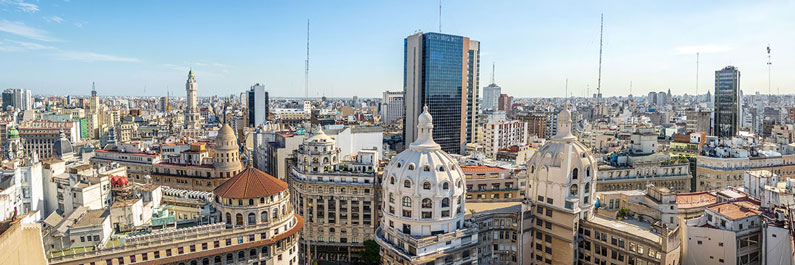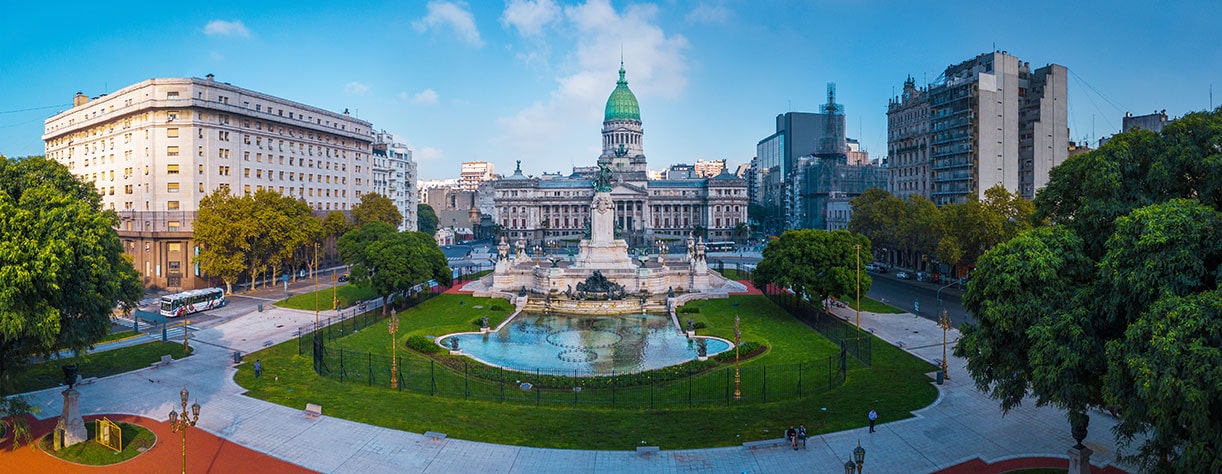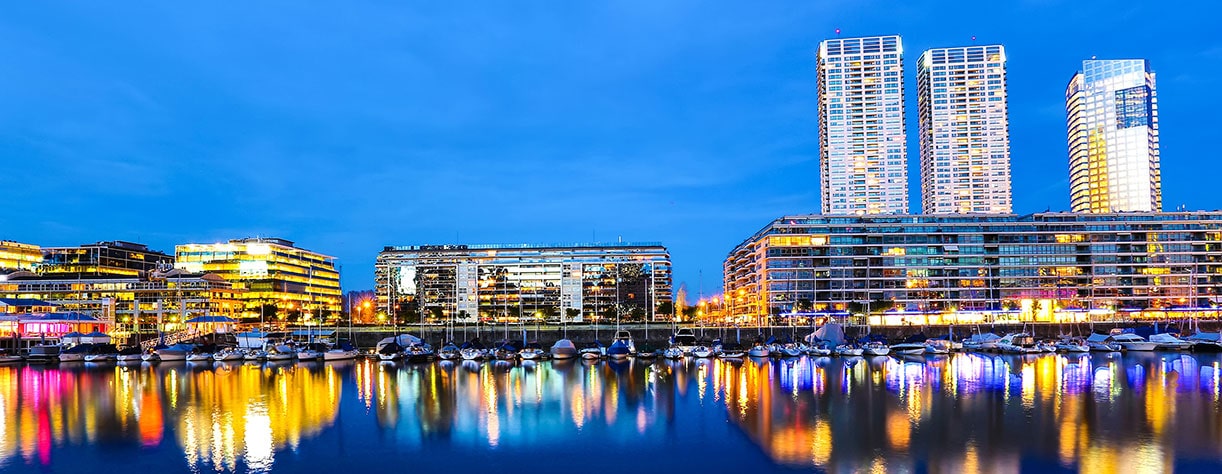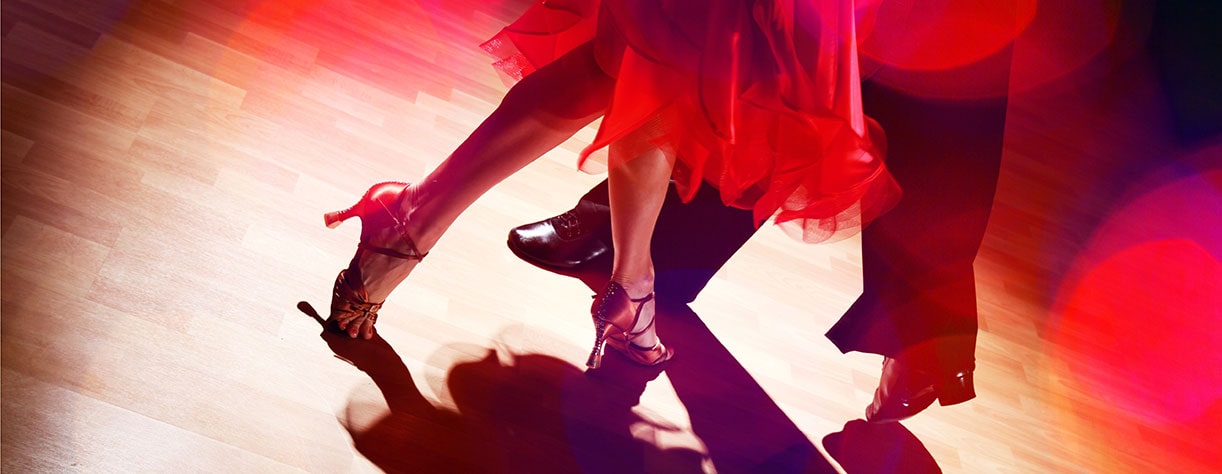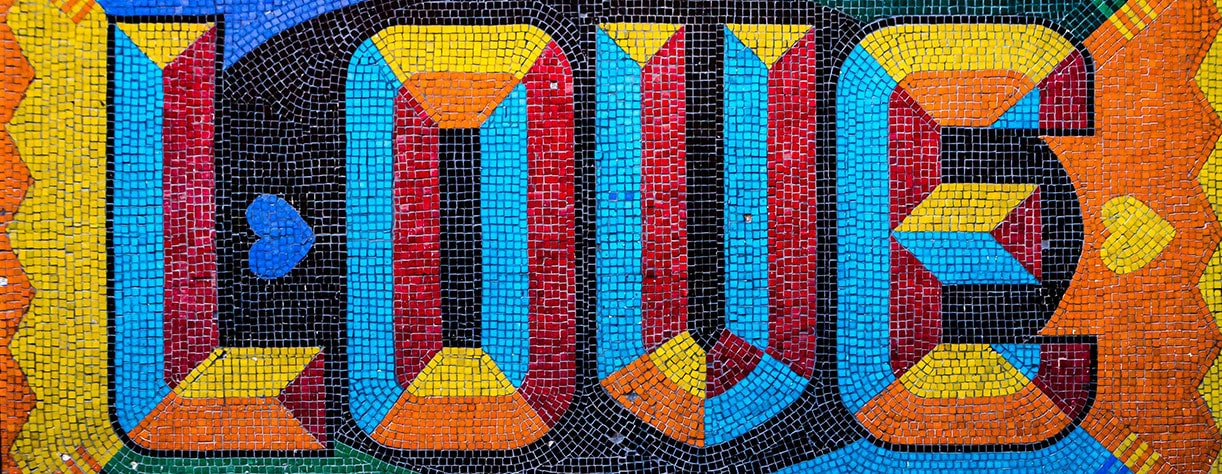The capital city of Argentina, Buenos Aires, is a place with enormous cultural significance in the history of South America. Although the city itself has a population of around 3 million, it is the centre of a huge conurbation that’s home to almost 15 million Argentines – for context, that’s almost two Londons. Wherever you have this many people, you’re always going to get ideas, art, industry, sport and stories that can match anywhere else in the world.
A port city
In the late 1800s and early 1900s, the port was developed, and this led to the huge population explosion and mix of cultures that made the city rather special. It was the gateway to southern South America for Europe and Africa, and that was always going to lead to industry, jobs, infrastructure and a diverse culture. It also meant the port was no longer fit for purpose, and Puerto Nuevo (New Port) was built between 1911 and 1928, along with impressive city-wide modernisation. The boulevards and plazas that are now the beating heart of the city were built around this time.
What to do in Buenos Aires
The potted history above gives you a clue about why Buenos Aires is such a unique city. Travellers to cities in Brazil, Venezuela or Colombia, for example, often get a real “Latin American” vibe from the places. It’s no doubt partly down to the climate, but also because of the food, the music and the general demeanour of the people. Buenos Aires, by contrast, is often described as being more “European” in nature; the architecture streets do have a feel that anyone from Madrid, Berlin, Rome, London or Prague would recognise.
The dateline of Buenos Aires’ development, plus the fact that it was not affected by bombing in World War 2, mean that there are many quarters in town where the buildings all have the facades typical of the late 1800s to early 1900s. You can spend days just wandering the streets, admiring the colonial, Art Deco, Art Nouveau and Modernist stone buildings that are untouched by the concrete and steel designs that dominated cities thereafter. That’s not to say Buenos Aires is a living museum – it’s constantly changing and developing, and since the turn of the Millenium, skyscrapers and apartment blocks have become more noticeable. But the architecture can actually make the heart beat faster, it’s so beautiful.
Food and drink
If there’s one food that Argentina is famous for, it’s steaks. It’s one of the world’s cattle farming capitals, and exports all over the world, but they almost certainly keep the best stuff for themselves, which you’ll discover if you’re partial to a nice cut. You’ll find no end of unbelievable steakhouses all over the capital which you just have to get your knife and fork into.
As for wine, there’s no grape that’s more associated with the nation than Malbec. Although it’s a European varietal, the conditions around here seem just perfect for it. Again, it’s exported widely, but if you want to sample the gamut of Malbecs and you’re prepared to put your hand in your pocket for the privilege, here’s your place. Malbec aside, the local Bonarda is perhaps less well known internationally, but it’s one you might develop an expensive taste for while you’re here. Beware.
Night life
Contrary to what Frank says, New York does actually sleep, but the same cannot be said for Buenos Aires. It’s a true 24-hour city, and many of the locals don’t even bother going out before 11pm at the weekends. The streets are well lit and alive with clubs, bars, restaurants and cafes pretty much around the clock. While clubbing till 5 a.m. might not quite be your scene (especially if, say, you’ve got a cruise ship to catch), it does mean that if you hit the town at a more modest time, you’ll almost certainly get a table at any restaurant and still have a lovely, lively evening.
Music and dance
No Buenos Aires, no tango. It’s here that the scandalous, passionate dance for two very close people was pioneered. Just like the Charleston, its roots were not in the swanky socialite clubs but the impoverished local bars and other less than respectable establishments. The dance originated in the 1880s and bled out into wider society over the coming decades, and is now a ballroom staple all over the world. So how can you make tango part of your Argentine experience? Well, you can watch the experts doing it at one of the many tango shows set up for your viewing pleasure (highly recommended). Or you can participate, at one of the many tango bars that occupy the city. Some will offer crash courses (perhaps literally, depending on your aptitude) and several have live music played with traditional instruments to dance to. Perhaps the most famous is Salón Marabú near the old port – if you can get in and you love to tango, it’s not something you’ll forget in a hurry.
Theatre and galleries
Buenos Aires has long been considered a city of refined culture – in fact, much of Latin America sees the city, or even Argentina as a whole, as almost snobbish in its opinion of the rest of the continent. Spend a little time here and you’ll soon realise that is far from true – its people are welcoming, fun-loving and humble – but when you dip your toe into “high” culture, you can see how it’s a rival to anywhere else in the world.
Buenos Aires loves its theatre, and unlike much of the world, it doesn’t come with any baggage here – it’s just what people do. Clearly you might need to have a working appreciation of Spanish to get the most out of it, but even if it’s sketchy, the theatre is a good place to immerse yourself in Buenos Aires’ culture.
The city also loves its visual arts, too, for which there’s no language barrier. This place has had a pretty turbulent history, suffering from war, dictatorships, financial crises and massive inequality, and as is often the case, the best place to learn about such matters is not the history books but the artistic output. You’ll find dozens of art galleries around the city, enough to fill a whole week, so choose well.


